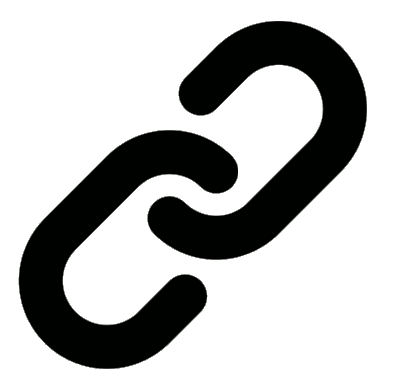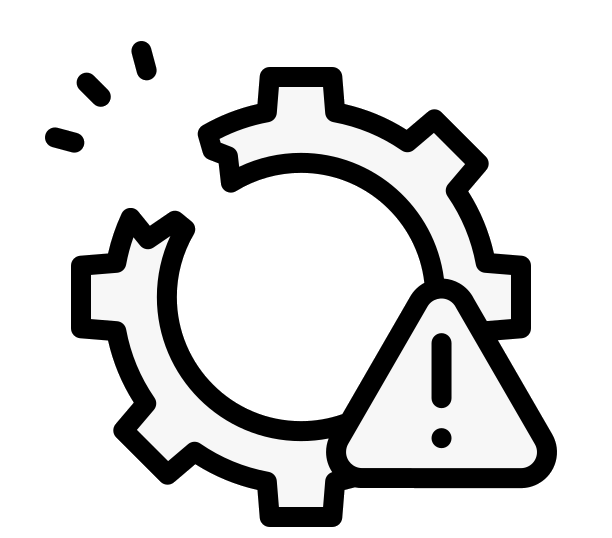| How long does it take to nationalise a railway (and other public transport)? Posted by grahame at 08:20, 30th June 2025 |  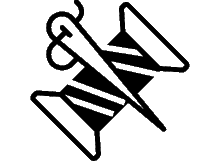  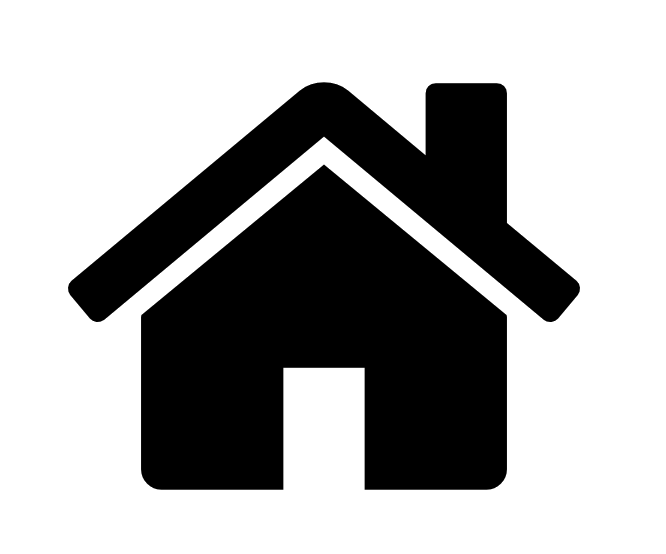 |
I always remember 1st January 1948 as the day the railways were nationalised and found myself musng yesterday over how long ahead of time this was planned and how long it took.
The National Archives Catalogue tells me
On 19th November 1945 the Lord President of the Council, Rt Hon H.S. Morrison, MP, announced the Government's intention to bring under national ownership railways, canals and long distance road haulage undertakings and to co-ordinate road passenger transport, docks and harbour undertakings with the national schemes.
The Transport Bill was printed in November 1946, mirrored at https://www.firstgreatwestern.info/mirror/HMG_Bill1946.pdf with the act passed ane receiving royal assent 6th August 1947 and mirrored at https://www.firstgreatwestern.info/mirror/HMG_Act1947.pdf
| Re: How long does it take to nationalise a railway (and other public transport)? Posted by CyclingSid at 13:54, 30th June 2025 |     |
Presumably quicker to privatise, as the "money" is flowing in the other direction?
| Re: How long does it take to nationalise a railway (and other public transport)? Posted by Electric train at 13:58, 30th June 2025 |     |
I always remember 1st January 1948 as the day the railways were nationalised and found myself musng yesterday over how long ahead of time this was planned and how long it took.
The National Archives Catalogue tells me
The Transport Bill was printed in November 1946, mirrored at https://www.firstgreatwestern.info/mirror/HMG_Bill1946.pdf with the act passed ane receiving royal assent 6th August 1947 and mirrored at https://www.firstgreatwestern.info/mirror/HMG_Act1947.pdf
The National Archives Catalogue tells me
On 19th November 1945 the Lord President of the Council, Rt Hon H.S. Morrison, MP, announced the Government's intention to bring under national ownership railways, canals and long distance road haulage undertakings and to co-ordinate road passenger transport, docks and harbour undertakings with the national schemes.
The Transport Bill was printed in November 1946, mirrored at https://www.firstgreatwestern.info/mirror/HMG_Bill1946.pdf with the act passed ane receiving royal assent 6th August 1947 and mirrored at https://www.firstgreatwestern.info/mirror/HMG_Act1947.pdf
Todays railway is more complex in its ownership, in 1947 there were only 4 companies buying out all the shares was easy as most were indebt to the Government, also the former big 4 companies pretty much continued as they did before the 1st Jan 1948, in fact BR's Regions right up to the 1980 more or less continued as separate boards
If you reflect on how long it took to privatise BR I feel this is a better measure of the time it will take to "re-nationalise" the railways and then to reshape the railways into its new operating model
| Re: How long does it take to nationalise a railway (and other public transport)? Posted by stuving at 18:16, 30th June 2025 |     |
The nationalisation process in 1947/8 was a takeover by compulsory purchase of shares. Its immediate result was the same as any takeover: the acquiring company via their board (or in this case the BTC) becomes the owners of each company as a subsidiary, and can install a board of directors and set about rearranging things. Initially the railways were run by the Railways Executive, mainly staffed from the senior management of the railways - who were all quite used to being directed by the government by then.
Those companies were complete railways - owning track, station, railways (and a lot more in most cases). TOCs, by design, own almost nothing - they are managerial entities with operating contracts. As such they are not being nationalised, but will be wound up following the loss of their contracts. Train operation was never really privatised, it was contracted out - unlike the trains and (unsuccessfully) the fixed infrastructure.
I'd agree with ET that reorganising is a much longer process, either way. In theory joining bits together is easier than deciding what bits to divide into. However, the new unitary GBR will have internal structure, so those decisions are still there. And the way things are done now is nothing like in the 1940s. Then, a few blokes got round a table and drew up something obvious and then did it. Now, it takes years just to decide how the new organisation should be designed, and then there's got to be consultations, and ...
| Re: How long does it take to nationalise a railway (and other public transport)? Posted by Electric train at 20:22, 30th June 2025 |     |
I'd agree with ET that reorganising is a much longer process, either way. In theory joining bits together is easier than deciding what bits to divide into. However, the new unitary GBR will have internal structure, so those decisions are still there. And the way things are done now is nothing like in the 1940s. Then, a few blokes got round a table and drew up something obvious and then did it. Now, it takes years just to decide how the new organisation should be designed, and then there's got to be consultations, and ...
The GBR process has already started, the first is South Eastern Railway (note the gap between the words South and Eastern) this a joint board of London & South Eastern Railway Limited (which operates as Southeastern TOC) and the Network Rail Kent Route.
Both NR Kent Route and the TOC employees are still employed by their respective companies with on change to T&Cs it is at Exc level where the MD of South Eastern Railway is the MD of the Southeastern TOC and the Chief Operating Officer is the NR Kent Route Director, he has all the NR Ops, NR and TOC maintenance, directors also include are the merged major stations and SE TOC managed stations director.
Currently day to day the boots on the ground have not notice much change, however as the links at senior level are cascaded down the interaction between NR and TOC will meld together the theory being a unified railway
| Re: How long does it take to nationalise a railway (and other public transport)? Posted by ChrisB at 20:47, 30th June 2025 |     |
Take a gander at Mark Hopwood's slides from the GWR Stakeholder conference and you can see that work is already underway within GWR/NR Western too, even before GWR is 'nationalised'.
Daryn McCombe has got the initial joint GWR/NR position.
| Re: How long does it take to nationalise a railway (and other public transport)? Posted by Chris from Nailsea at 22:19, 7th August 2025 |     |
From Rail Magazine:
Pulling in the same direction
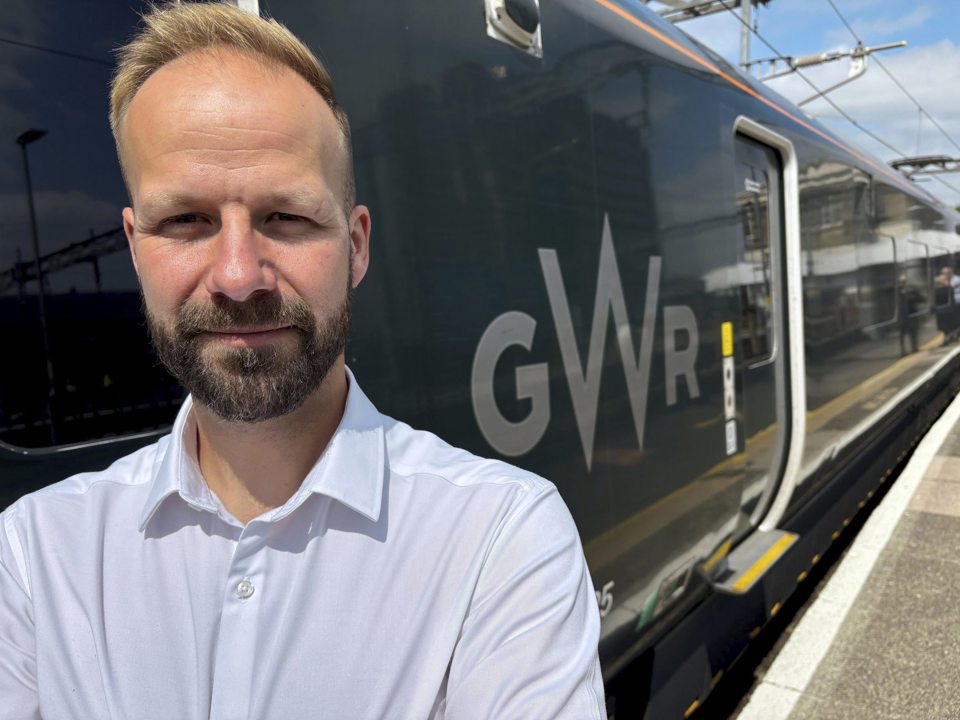
Against a backdrop of policy shifts, new organisational models, and mounting passenger expectations, Great Western Railway and Network Rail’s Western Region have begun integrating their control room teams in what it hopes will mean an improvement in performance. The man helping to lead this cultural and operational transformation is GWR’s Network Operations Director Daryn McCombe.
“This didn’t just start yesterday,” he says with a smile. “We’ve been on this journey for about seven years.”

Against a backdrop of policy shifts, new organisational models, and mounting passenger expectations, Great Western Railway and Network Rail’s Western Region have begun integrating their control room teams in what it hopes will mean an improvement in performance. The man helping to lead this cultural and operational transformation is GWR’s Network Operations Director Daryn McCombe.
“This didn’t just start yesterday,” he says with a smile. “We’ve been on this journey for about seven years.”
(Article continues)



